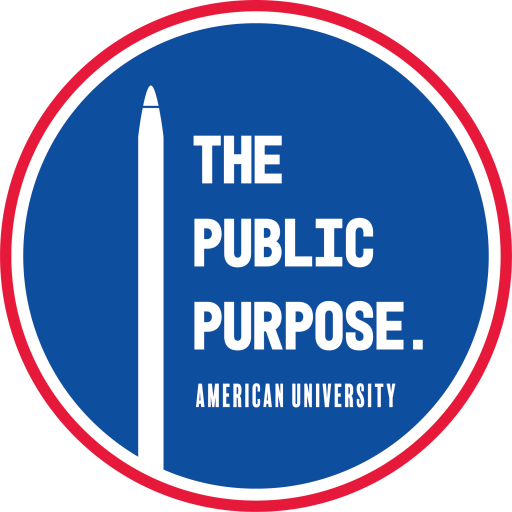It is imperative that development practitioners working on education projects take into account all students’ needs, including those of the most disadvantaged populations. Schools should prioritize providing adequate training for teachers and school officials to ensure that the integration of students with disabilities into traditional classrooms is beneficial for all involved. Likewise, students with disabilities should not be charged fees that are not also placed upon students without disabilities. By removing these barriers, students with disabilities in South Africa and around the world will be able to access one of their fundamental rights: education.
This lack of a basic system to educate students with disabilities in South Africa severely limits this population’s potential. Children with disabilities enter the education system much later on average than their counterparts without disabilities and are more likely to drop out or finish school without successfully completing basic education. This problem limits the future prospects of children with disabilities. Furthermore, in cases where children with disabilities have access to education, they are often required to pay fees that are not mandatory for children without disabilities.
International organizations have made efforts to remedy the failure to educate children with disabilities. In 1990, the World Conference on Education for All brought together major players in international development, specifically those who focused on education. The result of this conference was the World Declaration on Education for All (WDEA), a declaration aimed at guiding governments, international organizations, educators and development professionals. The overall vision of the WDEA is idealistic; it promotes equity through the universalization of access to education for all children, youth, and adults. Likewise, the 1959 United Nations (UN) General Assembly’s Declaration of the Rights of the Child called for universal, free, and compulsory education with a basis of equal opportunity. This idea is often called inclusive education. The UN defines inclusive education as “a process of strengthening the capacity of the education system to reach out to all learners.” Despite these efforts, students with disabilities are often segregated from larger populations. The inclusion of disabled students in traditional learning settings rather than segregated schools is an important part of creating a truly inclusive setting.
Studies conducted as early as the 1990s show that inclusive education benefits both students with and without disabilities. According to special education researchers Caroline Moore, Debra Gilbreath, and Fran Maiuri, in 1998, students with disabilities who were placed in integrated classrooms showed more motivation to learn, greater levels of on-task behavior, and improved grades and standardized test scores. Moreover, integrated classrooms did not hurt the academic performance of students without disabilities, nor detract from the amount of engaged instructional time. In fact, instructional strategies like peer tutoring, cooperative learning groups, and differentiated instruction have been shown to benefit all learners.
In the early 2000s, the South African government began pursuing inclusive education. Their endeavor, as outlined in White Paper 6, aimed to reduce segregation by eliminating the use of categories of disabilities as an organizational principle, placed an emphasis on supporting learners through full-service schools, and directed the setup and resource allocation for initial facilities. It also introduced interventions to train educators and gave direction for the Education Support System, a network of support services for both educators and students. Unfortunately, despite this targeted policy, progress there has been slow. Nearly 70% of children with disabilities are not enrolled in school, and students who do attend are often placed in separate, “special” schools for learners with disabilities. This is exacerbated by the ambiguity in the policy itself, which lacks clear goals, a strategy to achieve them, and effective implementation. Additionally, the failure to understand children’s disabilities and inadequate teacher training means that many teachers and school officials simply do not know how to work with students with disabilities in a classroom setting. While the South African policy calls for the incremental assimilation of students with disabilities into the existing school system, this has not been achieved.
To continue to work towards an inclusive system of education in South Africa, development practitioners need to construct and implement transparent and implementable programs. Prioritizing training will allow teachers to make their current learning environments inclusive. Second, practitioners should advocate for policy changes so that students with disabilities are afforded legal rights and protection. Lastly, practitioners should engage with local communities to fight against biases against children with disabilities that are ingrained in the culture. This holistic approach involving the entire community will ensure a strong support system for students with disabilities as they pursue their education.
Image Source: UNICEF.



0 Comments